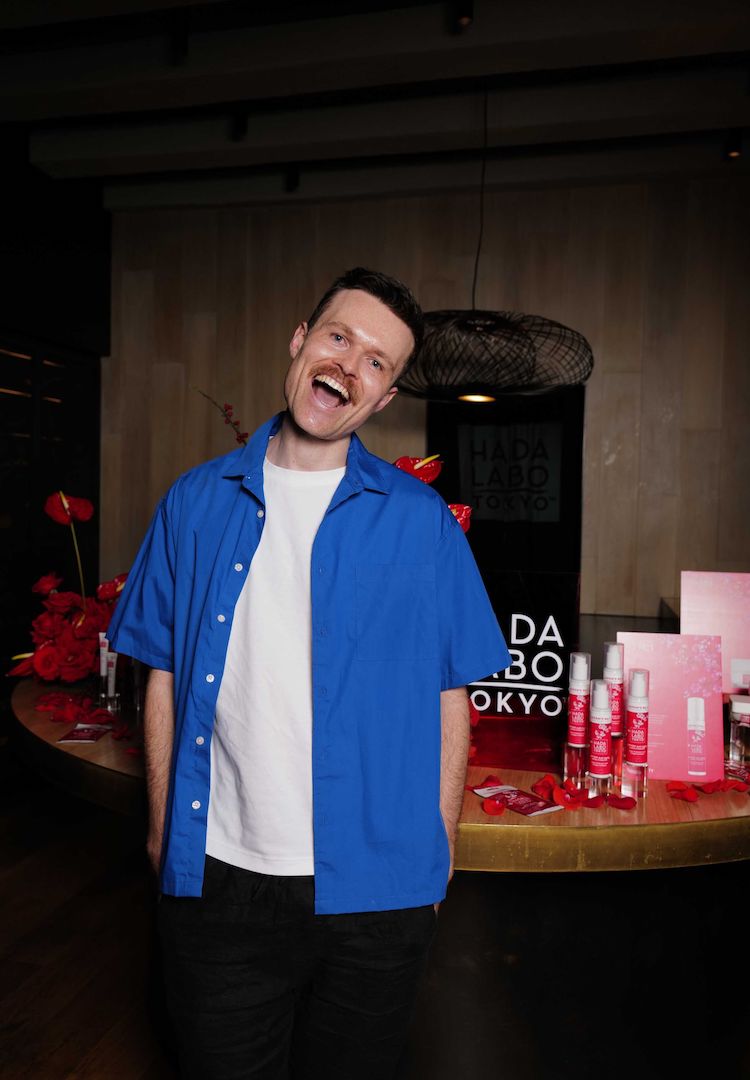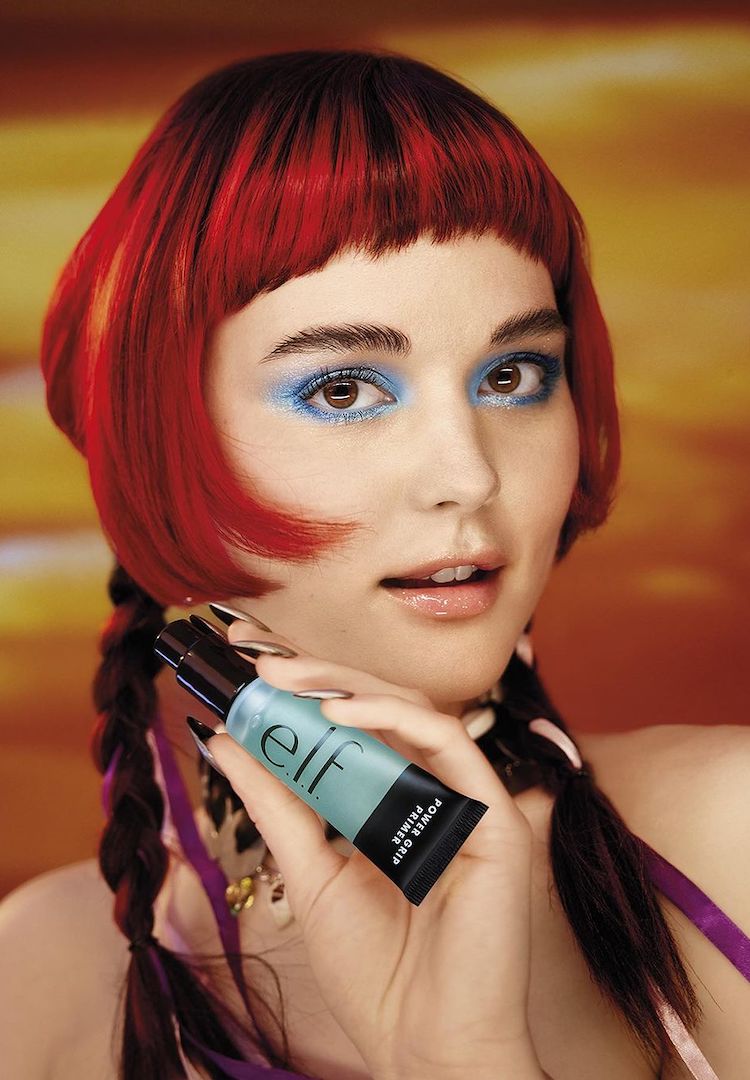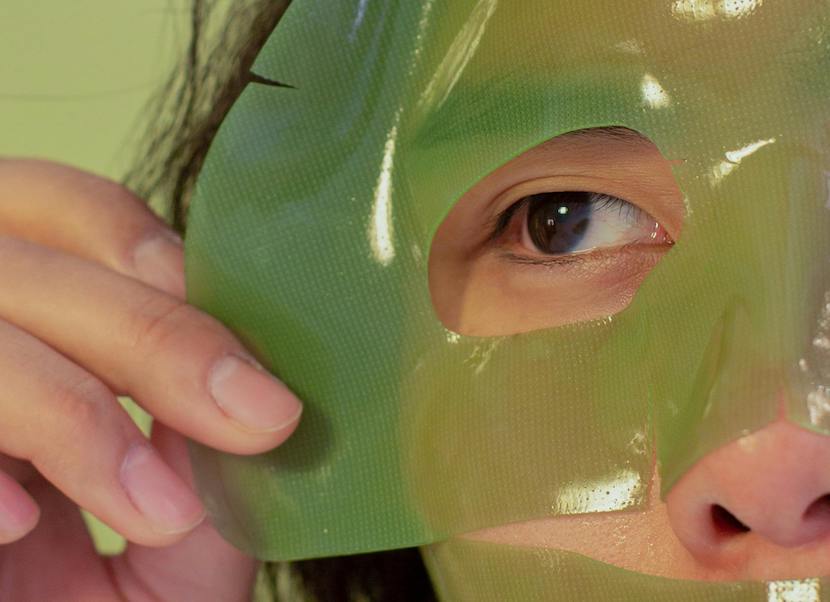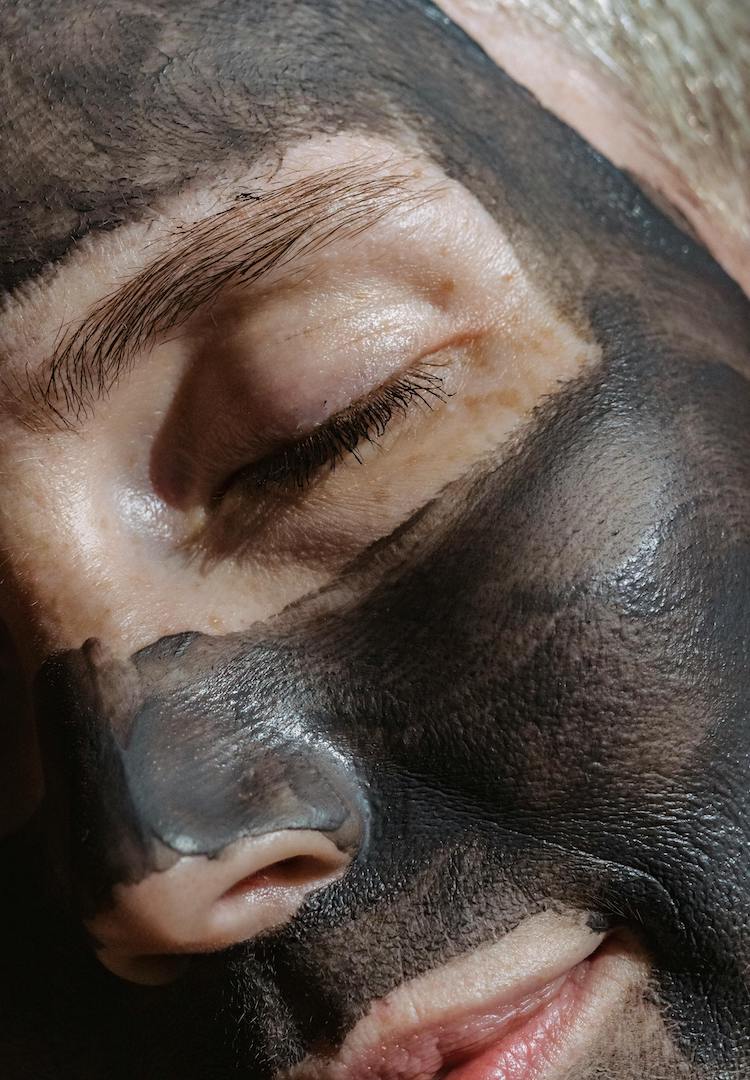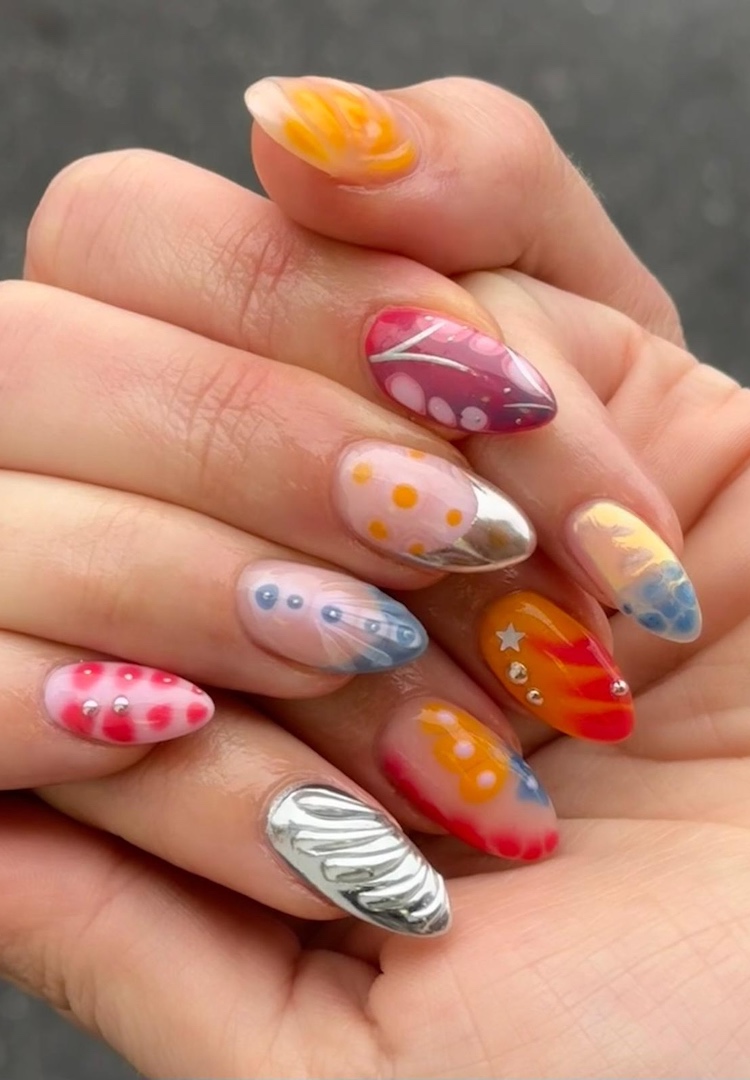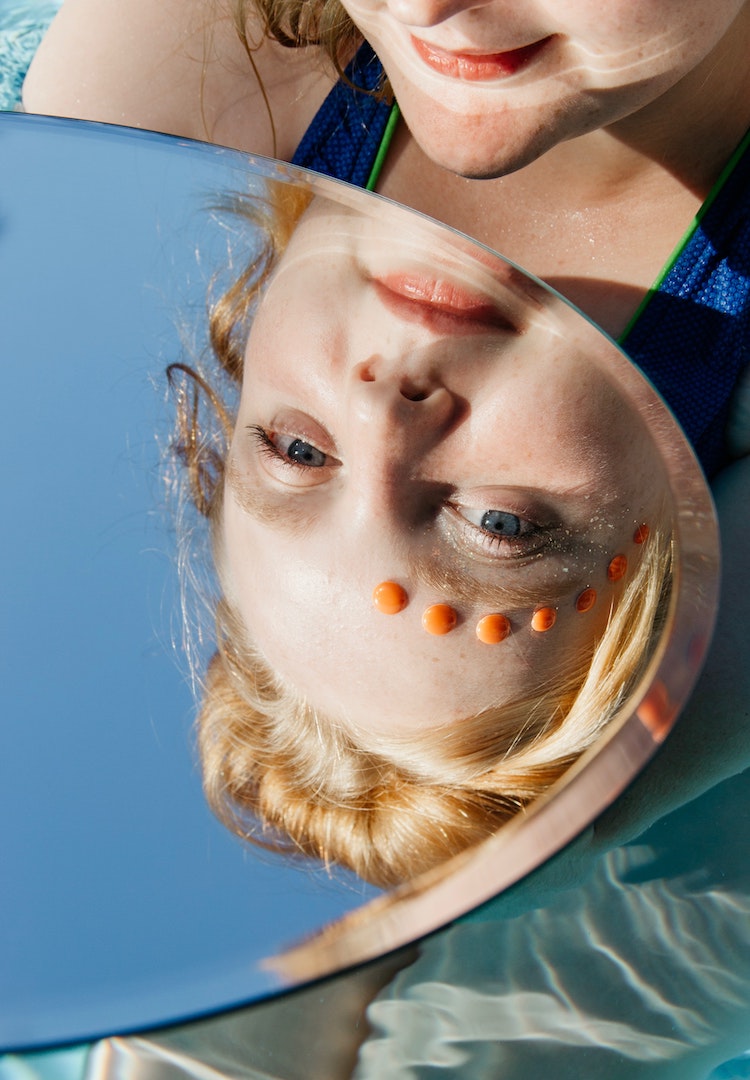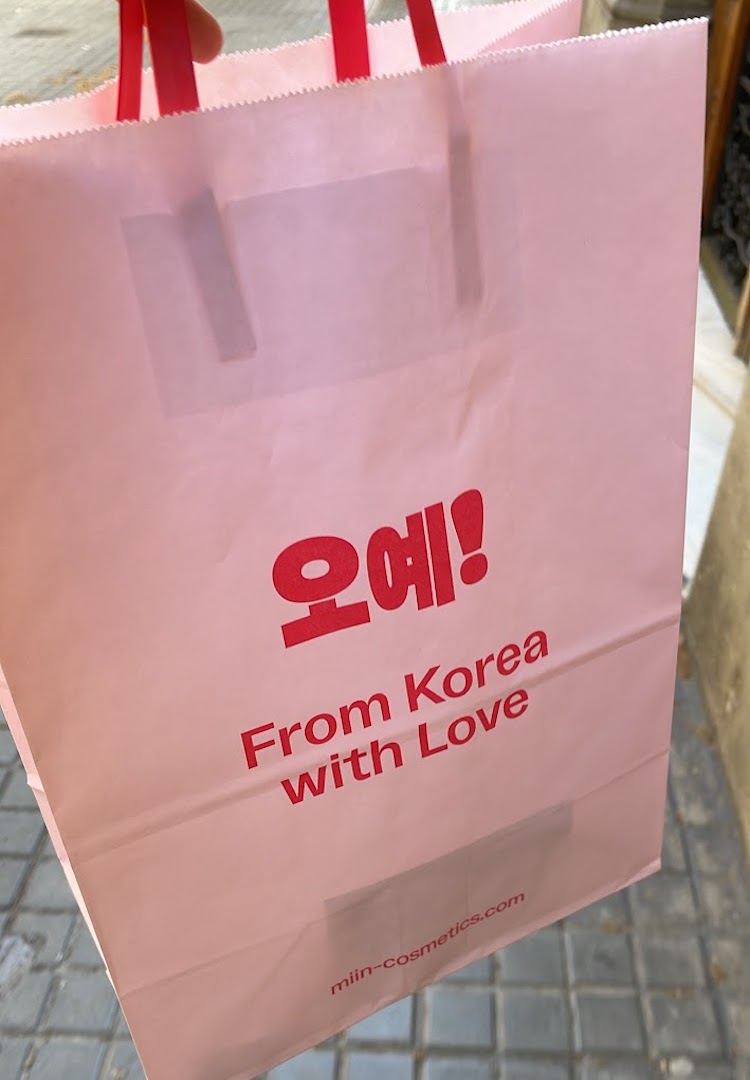Beauty treatments that aren’t worth the hype, according to a cosmetic doctor
words by kaya martin
Bogus beauty.
From the beginning of time, people have been coming up with beautifying tips and tricks. Now, with new skincare and makeup brands at peak saturation, it’s no secret that the beauty industry has reached a whirling crescendo.
A cult-favourite product or procedure can rake in millions for its creator – which is why everyone from Millie Bobbi Brown to Pharrell Williams has been clamouring to get their piece of the pie. It seems like there’s something new almost every day. Slugging, scalp spas, snail mucin… we’ve tested them all.
We like nosy people. Don’t be shy, head to our Beauty section for more.
So when it comes to spending hard-earned cash on a new beauty-something, we want it to actually work. With an endless number of products floating in the ether – as well as a tonne of influencers who are paid to promote them – it can be hard to decipher the miracle-working treatments from the over-hyped hogwash.
To help cut through the noise, we turned to Dr Amy Chahal, Founder of the Centre for Medical Aesthetics in Sydney. With a background in surgery and medical aesthetics, Dr Amy now specialises in minimally invasive cosmetic procedures. Below, she shares with us the treatments she thinks are a bit bogus.
Facial muscle microcurrents
Designed to help tone and smoothen the face, facial muscle microcurrent devices are designed to stimulate muscles by zapping them with a weak electric current. The devices have two electrodes and come in a wide range of prices, from around $15 all the way up to more than $1,000.
But according to Dr Amy, the exorbitant prices aren’t backed up by much scientific evidence, which means the devices might leave buyers disappointed. “Approach those sorts of gadgets with a healthy dose of scepticism. Do your research [and] look for clinical studies – they kind of really don’t exist. So I’d say put your money elsewhere with that kind of stuff,” she says.
Platelet-rich plasma
The ‘vampire facial’, a form of platelet-rich plasma treatment, was popularised by Kim Kardashian back in 2013 after a post-treatment selfie went viral. For those who might be unfamiliar, the process involves taking out your blood, spinning it in a centrifuge, removing the plasma and re-injecting it into your face or elsewhere on the body.
It’s said to have anti-aging effects, but Dr Amy says the procedure is far from foolproof. “There are heaps of factors that affect the efficacy… of something like that,” she says. Because we all have different blood qualities, everything from the device used to draw the blood to the patients themselves can have an impact.
For example, those taking anti-inflammatory medications may not have enough platelets to see a noticeable effect. “It’s not a very reliable treatment, [and] it’s quite invasive with all the needles in your face. There can be swelling, bruising… It’s quite painful and I just really think there are better things you can be doing that have more evidence behind them.”
Heavy-duty chemical peels
Dr Amy isn’t against intense chemical peels, but she advises clients to really consider the downtime and potential consequences before getting one done. “Look, they can be very effective but again, the more invasive something is, the riskier it is – so it’s really about weighing up the pluses and the risks and seeing if that’s something you want to go through,” she says.
“Mild peels… can be nice to get a little glow. Usually, there’s no downtime with them or very minimal downtime and I’m fully on board with all of that. Anything that looks really harsh or deep, just make sure you’re going to a quality doctor and make sure you’re fully prepared.”
At-home LED
While the at-home LED devices might be appealing for those looking to fit a treatment in while doing household chores, Dr Amy says these devices are generally far weaker than those available in a clinic.
“Are they doing you harm? Not really. Are they doing much? Also not really. I like LED [and] there’s evidence behind it, but come and get an office treatment because those are the real powerful LED devices that actually have the research behind them.”
She also adds that blue-light LED, often said to help fight against acne and bacteria growth, is also said to increase skin pigmentation – not exactly ideal.
Buccal fat removal
Trendy among celebrities for helping to achieve that sculpted, high-cheekboned look, buccal fat removal can have some significant downsides, Dr Amy tells me. As we age, we naturally lose fat in our faces. Because of this, taking out the buccal fat pad can make people appear older, especially as time passes.
“Often… when I am using dermal filler on patients, we’re trying to mimic that volume and the fat that they’re losing as they age,” she says. “The buccal fat pad is a deep fat pad and it’s there to help prop up your face, so it might look good in the short term but down the track… it might be a regret. It’s not something that I readily suggest to people.”
Cleansing devices
Dr Amy is adamant that a solid skincare routine, using face wash and medical-grade active ingredients, is the first step towards great skin. But those vibrating, spinning and scrubbing devices designed to help wash the face aren’t necessary.
“They can probably help with some exfoliation, but again, spend your money on good cosmeceutical ingredients that are going to do that for you. And potentially sometimes you can go a little bit too hard with that sort of exfoliation and actually damage your skin barrier, so they’re not my favourite.”
24-carat gold facials
You probably saw this one coming. The luxe 24-carat gold treatment, which can set clients back anywhere between $150 to $1200, claims to harness the anti-inflammatory, collagen-producing, free radical-fighting properties of gold metal. But while it might look bougie, it’s probably not worth the price tag.
“There’s no strong evidence. There’s a bit of glamour to the treatment, but I definitely wouldn’t be wasting my money on something that doesn’t really do much for you.”
For more beauty treatments that are bad ideas, head here.

